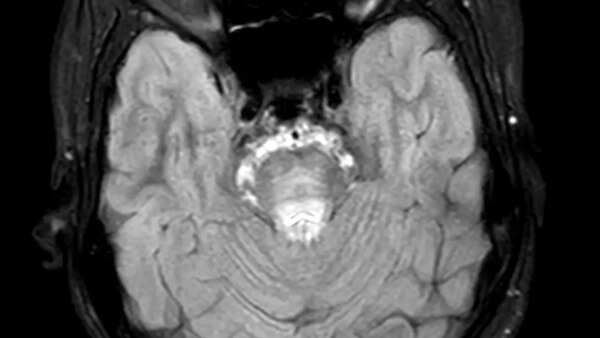Hyderabad doctor reveals a shocking health reason behind young woman’s ‘dance walk’, here’s what it is

Dr Sudhir Kumar, a Hyderabad-based neurologist recently took to social media to share a shocking case that has caught the attention of many. He took to X to reveal the case of a 21-year-old woman who “seemed to dance while walking.”
However, the real reason behind this shocked the woman and her family. The woman was diagnosed with a serious and rare condition called Wilson’s Disease. As per Dr Kumar, the woman had the symptoms of the disease for almost four years as her parents noticed that she seemed to be dancing while walking and had some speech impediments. However, she had no signs of mental illness, memory loss or liver-related symptoms like jaundice.
It was during her check-up that the doctors detected uncontrolled, writhing movements, also called choreoathetoid movements on the right side of her body along with dysarthria, a condition that affects speech clarity.
The key reveal in the woman’s case came from an eye check-up where a special slit-lamp exam revealed Kayser-Fleischer rings, which are copper deposits around the cornea and are strong indicators of Wilson’s disease. Additionally, an MRI scan further substantiated the diagnosis as it showed abnormal signals in regions including the pons, midbrain and lentiform nuclei- all areas typically affected by the disease.
In order to treat the disease the woman was prescribed chelation therapy, a treatment where the excess copper in the body is removed with the help of supplements such as Vitamin B6 and zinc.
What is Wilson’s Disease?

Image credits: X/@hyderabaddoctor
Wilson’s Disease is a rare inherited disease where the body is unable to eliminate excess copper, leading to its build-up in areas such as the eyes, liver and brain. If left untreated it can lead to severe damage in the liver and neurological issues.
What are the symptoms of Wilson’s Disease?

Image credits: Getty Images
Symptoms of the disease are usually related to the brain and liver. These include vomiting, weakness, swelling legs, yellowish skin, itchiness in the liver and tremors, speech difficulties, anxiety muscle stiffness in the brain.
It is suggested to get your copper levels checked in case you are experiencing any of these symptoms. However, the check must not be limited to the liver only. In the case of the woman, her blood test showed normal levels of ceruloplasmin (a protein that carries copper). Normally, low levels of ceruloplasmin showcase Wilson’s disease in a person, but these levels can be normal in up to 5% to 15% of patients. Thus, it is advisable to get eye and brain exams as well.
















